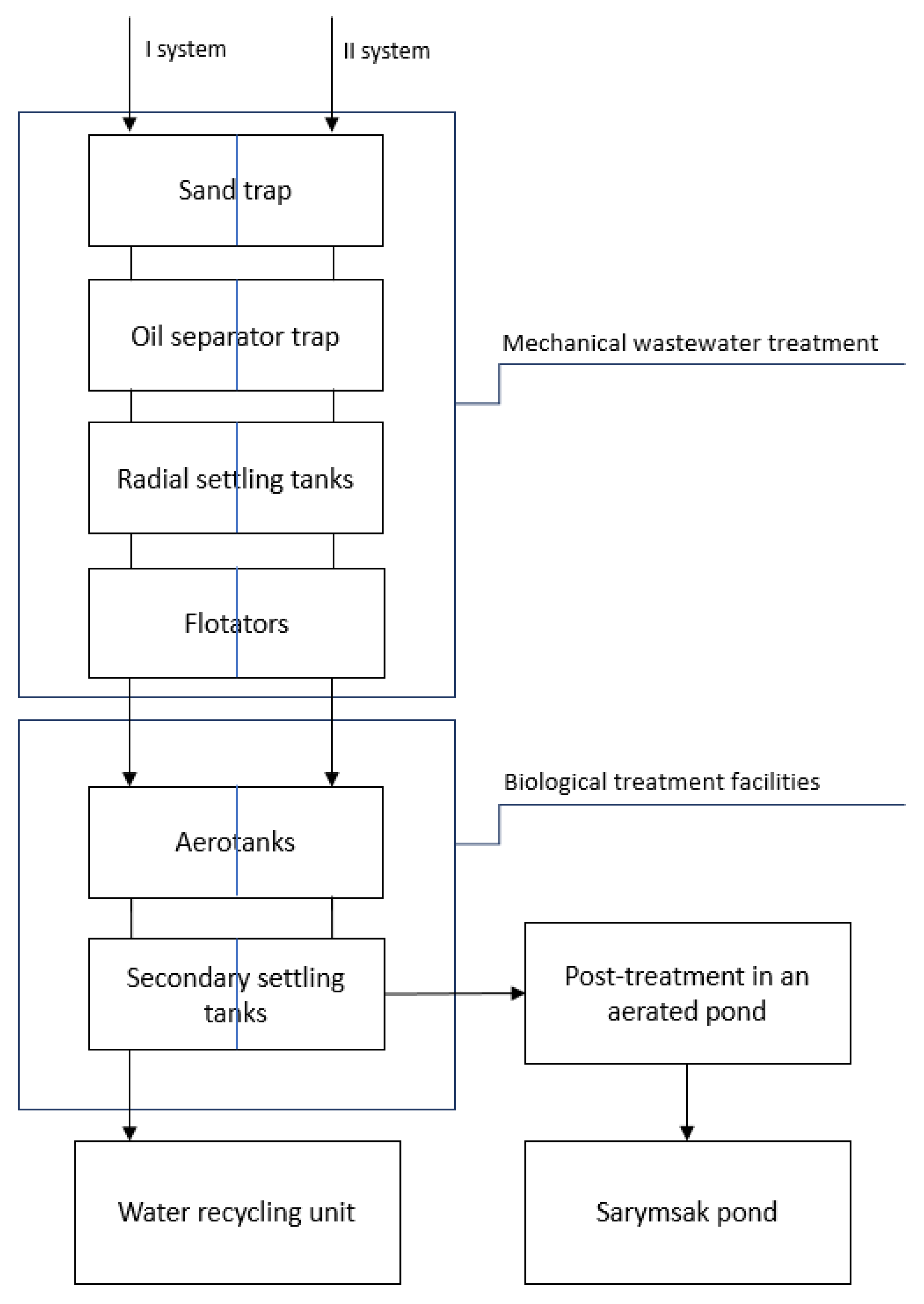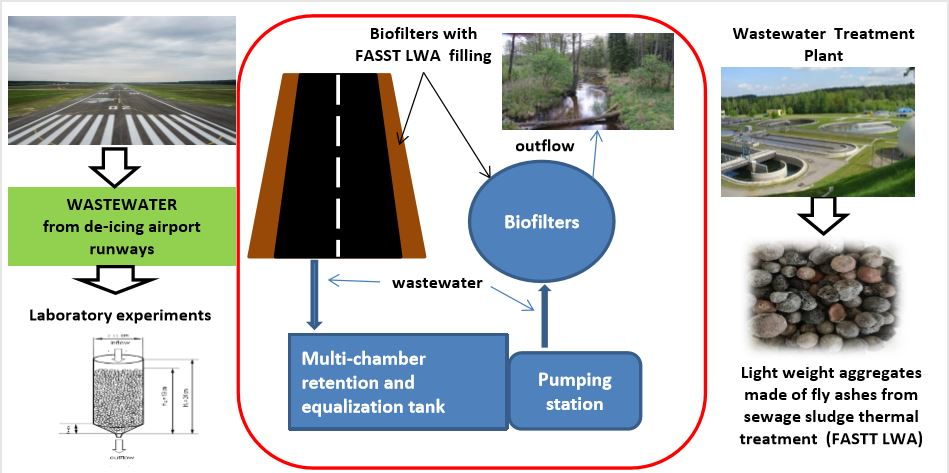Garden Center Xenia Xenobiotic Organic Compounds In Wastewater Treatment Plants
Garden Center Xenia Xenobiotic Organic Compounds In Wastewater Treatment Plants, Indeed recently has been hunted by consumers around us, perhaps one of you personally. People now are accustomed to using the internet in gadgets to view video and image information for inspiration, and according to the name of this article I will discuss about
If the posting of this site is beneficial to our suport by spreading article posts of this site to social media marketing accounts which you have such as for example Facebook, Instagram and others or can also bookmark this blog page.

Constructed Wetlands For Wastewater Treatment Five Decades Of Experience Environmental Science Technology Secret Garden Line Today Lipids Example Food

Materials Free Full Text Trace Organic Compound Removal From Wastewater Reverse Osmosis Concentrate By Advanced Oxidation Processes With Uv O3 H2o2 Html Secret Garden Line Today Lipids Example Food
A monitoring program comprising chemical analysis and biological toxicity testing of leachate samples from 10 danish landfills six engineered and four uncontrolled revealed the presence of 55 different xenobiotic organic compounds xocs and 10 degradation products of xocs.

Secret garden line today lipids example food. E 13 c and 14 c analysis of the co 2 fraction of the biogas from the. The term is an amalgam of the greek phyto plant and. The number of publications including xocs in their investigations of grey wastewater is extremely low.
Analysis of metals and eox in sludge from municipal wastewater treatment plants. Household chemicals and personal care products as sources for xenobiotic organic compounds in grey wastewater article pdf available in water sa 292 february 2003 with 2270 reads. One publication described a screening with gc ms which showed that the total amount of organic constituents in grey wastewater consisted of more than 95 of detergents.
Eb irradiation was applied as a primary or pretreatment for the partial degradation of wastewater to breakdegrade the high molecular weight organic compounds mainly unused dyes and starch. Poor solubility leaching etc can lead to extensive pollution when xenobiotic organic substances contained in sludge are added in. E d 13 c and 14 c activity and organic carbon concentrations at various sampling points in wastewater treatment plants wwtp.
It is defined as the use of green plants and the associated microorganisms along with proper soil amendments and agronomic techniques to either contain remove or render toxic environmental contaminants harmless. In one of the field scale applications of eb 10000 m 3 day of textile wastewater was treated in a treatment plant at daegu south korea kuk et al 2011. The peat sample was obtained from a garden center.
Author links open. Anthropogenic nitro organic compounds are main group of pollutants for the environment because of their extensive use toxicity recalcitrance and bioaccumulation. These organic nitrate contaminants are very recalcitrant and not typically found in the environment thus classifying these compounds as xenobiotic 4.
Phytoremediation technologies use living plants to clean up soil air and water contaminated with hazardous contaminants.





